Will the metaverse shake up office dress codes?
Stow those shapeless sad-sack sweatpants. Meh to normcore avatars on Microsoft Mesh. Imagine showing up to your next virtual meeting, in a kinetic, digitally-rendered top that conveys your mood and personality?
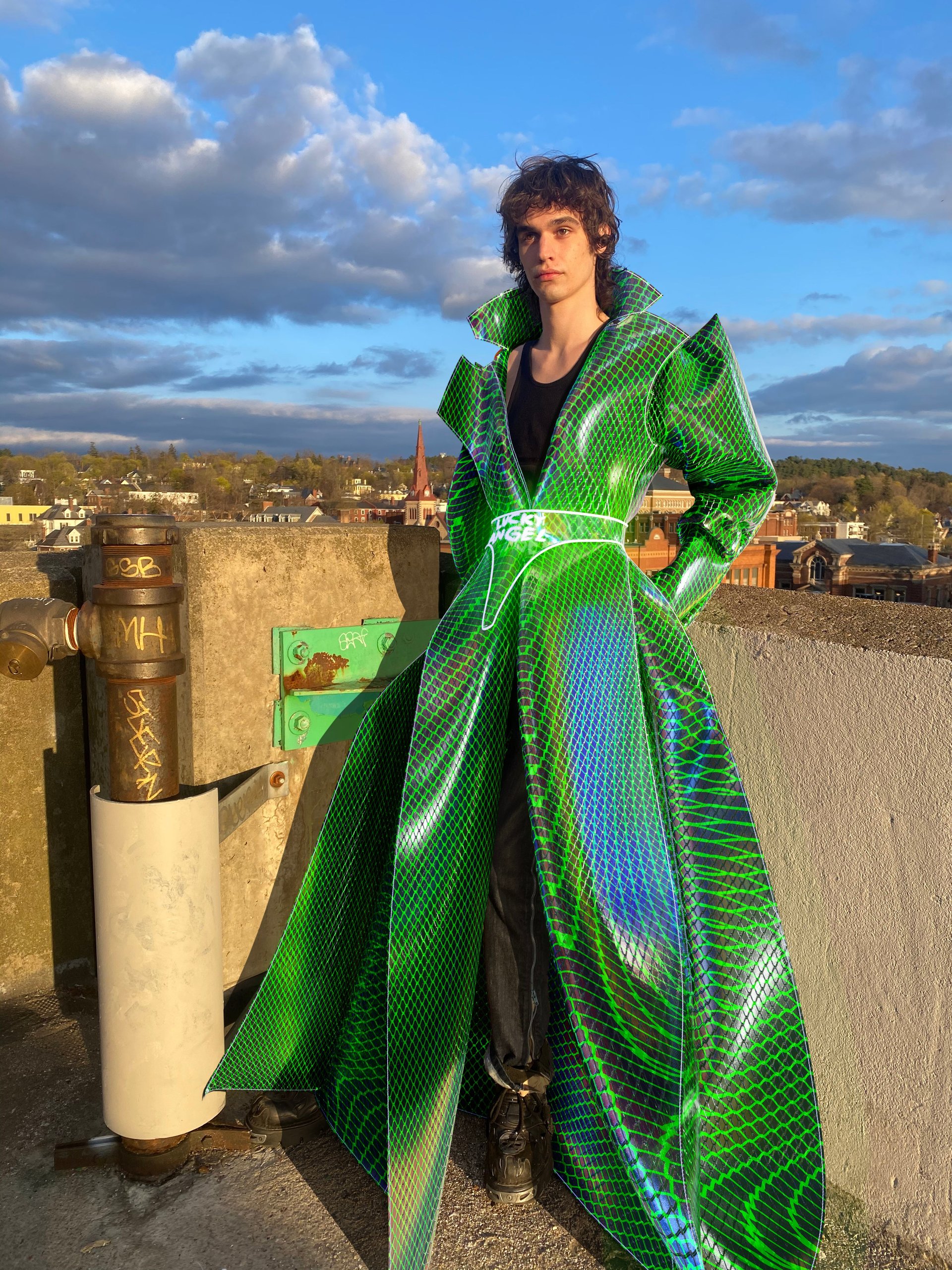

Stow those shapeless sad-sack sweatpants. Meh to normcore avatars on Microsoft Mesh. Imagine showing up to your next virtual meeting, in a kinetic, digitally-rendered top that conveys your mood and personality?
What sounds like zany science fiction is, in fact, already happening. Fashion-forward social media influencers are snapping up ready-to-wear virtual pants and tops (price range: $30 to $700) to augment their on-screen avatars. As more companies follow Microsoft and Meta into the metaverse, fashion designers like Gala Marija Vrbanic are getting in on the enormous possibilities for self-expression.
“Digital fashion is not an alternative but an evolutionary step,” Vrbanic said at the TEDWomen conference in November. “We are currently at the beginning of this new era—an era where digital garments could become an added layer to our reality, where you will be able to instantly choose to whom you want to present yourself wearing multiple different outfits at the same time using the most advanced technology, like AR or VR. Not only does it allow for self-expression in totally different contexts, but digital fashion can be zero-waste and inclusive, available to users, regardless of their gender, size or race.”
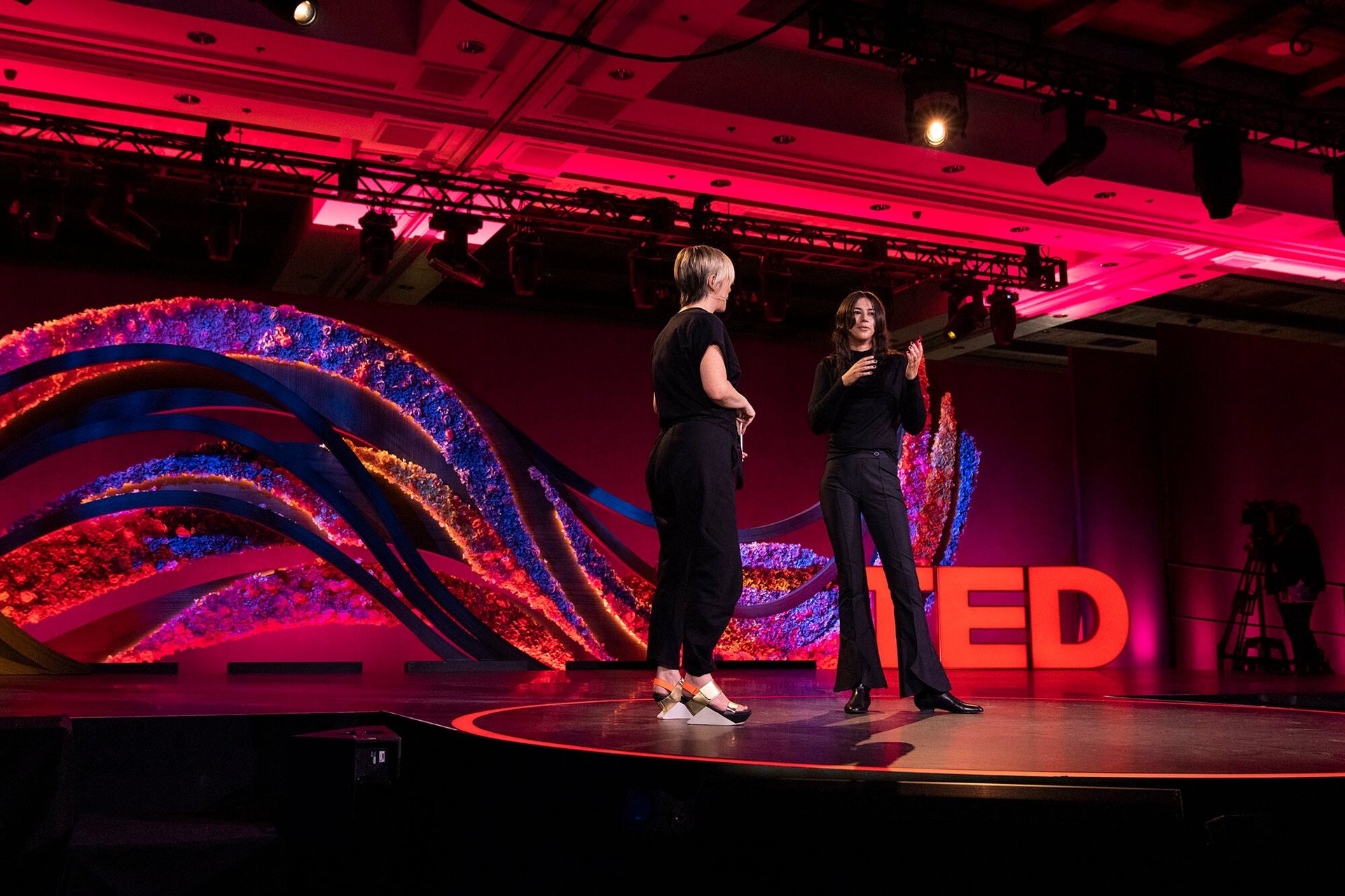
Vrbanic is the co-founder of Tribute Brand, a three-year old Croatian all-virtual fashion tech studio that’s collaborated with the likes of Carolina Herrera and Jean Paul Gaultier. With a team of designers, computer programmers, UX specialists, the Zagreb-based studio prides itself as being a leading “direct-to-consumer digital fashion brand and a fashion tech house”—and the fact that it’s not located in a traditional fashion capital.
“I come from Croatia, a country that is nowhere on the fashion map, yet my company is considered one of the pioneers of this field,” Vrbanic said. “When we started, we were among the few doing it, and since then, a whole new evolving market has grown.”
Quartz spoke to Vrbanic about the burgeoning field, her new collection for next month’s Crypto Fashion Week, and what fashion might look like one day in the metaverse.
This interview has been condensed and edited for clarity.
Who are your clients?
Broadly speaking, it’s Gen Z and millennials—15 to 35 year olds. We started on Instagram which became a gateway for people to get into digital fashion. We attract a fashion-minded community, people who want to look good and express themselves through fashion. Many of our customers also tend to spend a lot of time in immersive video games like Roblox and Fortnite.
Couture garments can cost thousands of dollars. How is your design process different from, say, getting a made-to-measure gown at an atelier in Paris?
It’s the same. Creating digital fashion follows the same process as physical garments—only the medium is different, and maybe you wouldn’t have to travel to Paris for fittings. These garments are highly-crafted for various applications in the virtual realm. Say a gown would have to be adapted as an augmented reality filter or as an avatar in a video game, in case you intend to attend a fancy wedding in Decentraland.
NFTs also give us possibilities for ownership and pricing. Say a client wants a single-edition piece: That could really command a high price. In that scenario, they can decide to sell or rent their Tribute Brand piece and profit from it.
How did your collaborations with Carolina Herrera and Jean-Paul Gaultier come about?
We were just a year old when the Carolina Herrera collaboration happened. It seemed wild that they would approach us, but it made me realize how huge and important this space is going to be. They wanted to celebrate their anniversary by taking gowns from their archives and translating them virtually. They presented sketches and asked what we could do. Our team developed the digital garment, the mobile app, the user interface, the software, and the technology to make it possible so when you point a phone at someone and you see the dress on that person in real time.
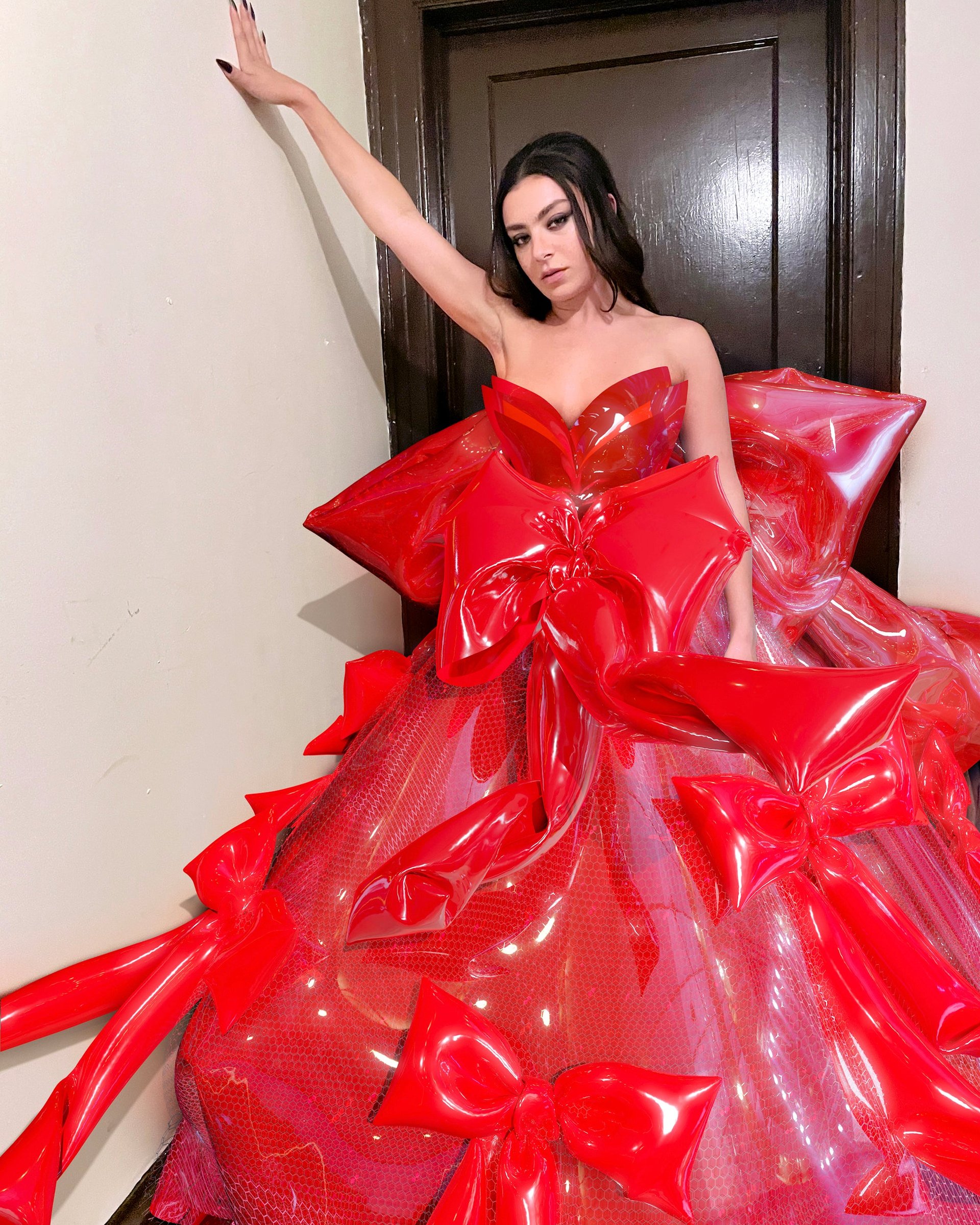
For Gaultier, Sacai [the studio of Japanese designer Chitose Abe], who were the creative directors that year, saw our work online. We collaborated on digital and physical pieces for their couture show.
What kind of training is needed for designers who are interested in virtual fashion? Did you study coding?
I experimented with a prototyping software called CLO3D when I started out. I don’t know how to program, but I’m a techy person in the sense that I can learn software fairly quickly.
With Tribute, I knew that I didn’t have to learn to code per se. I just had to find the right partners—you can’t do everything alone, after all. Filip Vajda, my co-founder, is an engineer and we have a third partner who is a UX and UI specialist.
It’s a struggle to find people who are into both fashion and tech now, but this is changing. I’ve seen that a lot of fashion schools have started including digital technology in their curricula.
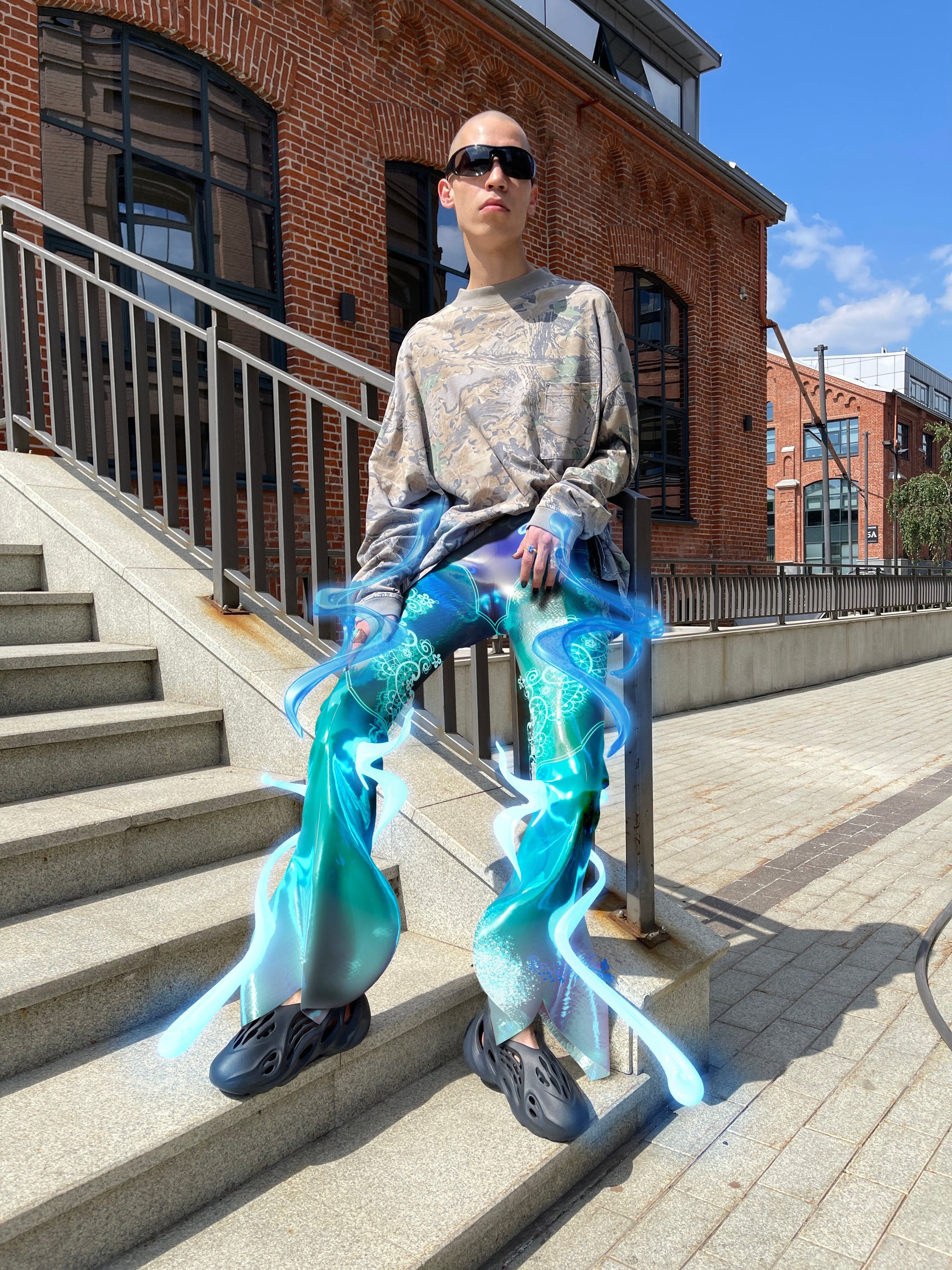
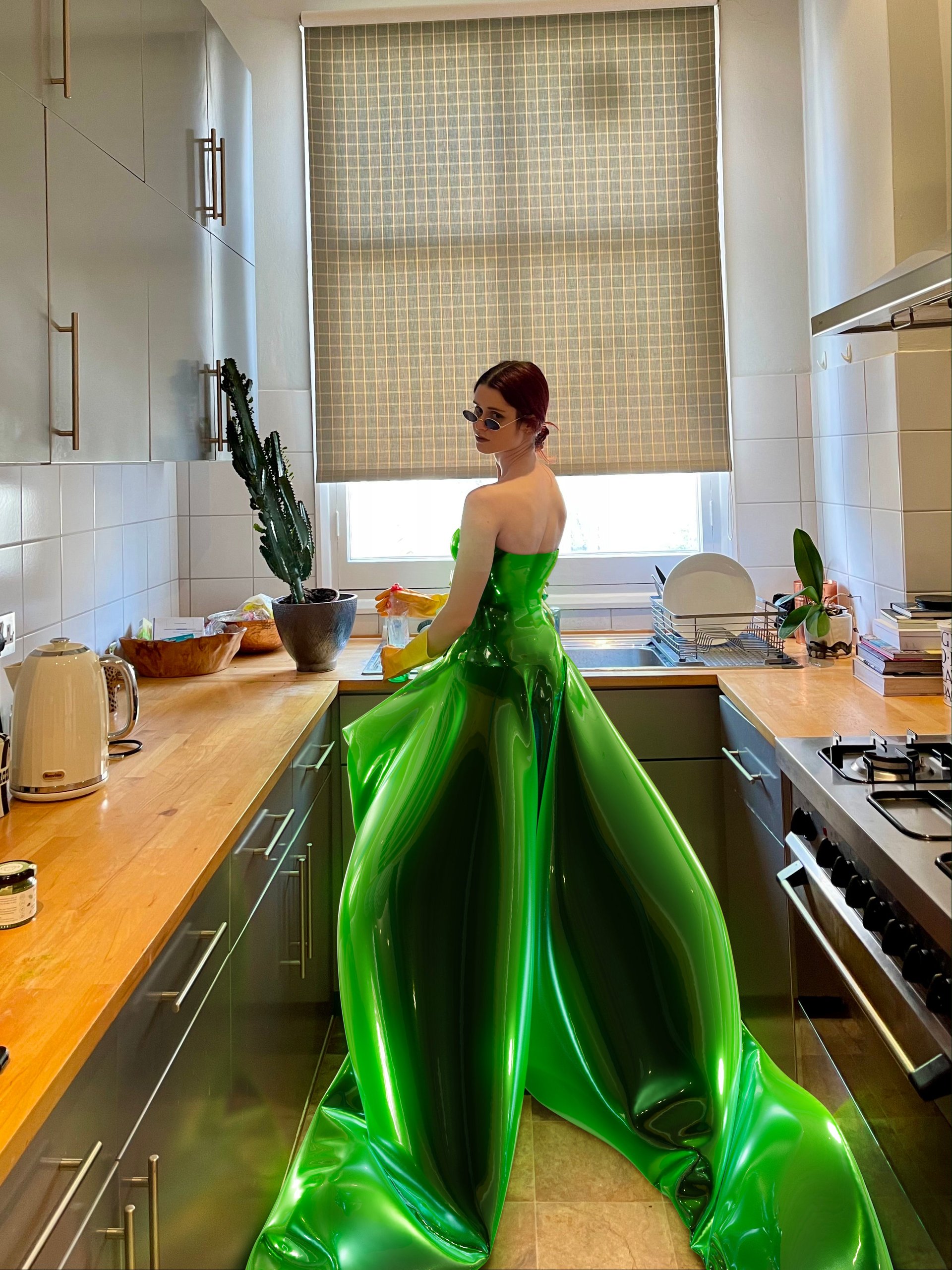
Can you give us a preview of what you’ll be presenting at Crypto Fashion Week next month?
We’ve recently launched a line of digital clothing for pets called Pepa Paris, a fun project named after by my dog.
She was in the studio when we were developing our augmented reality software and we’d sometimes point a camera at her to see how the garments looked. The results were hilarious and it inspired us to do a pet collection. I think the market potential is huge considering how much money people spend on their pets.
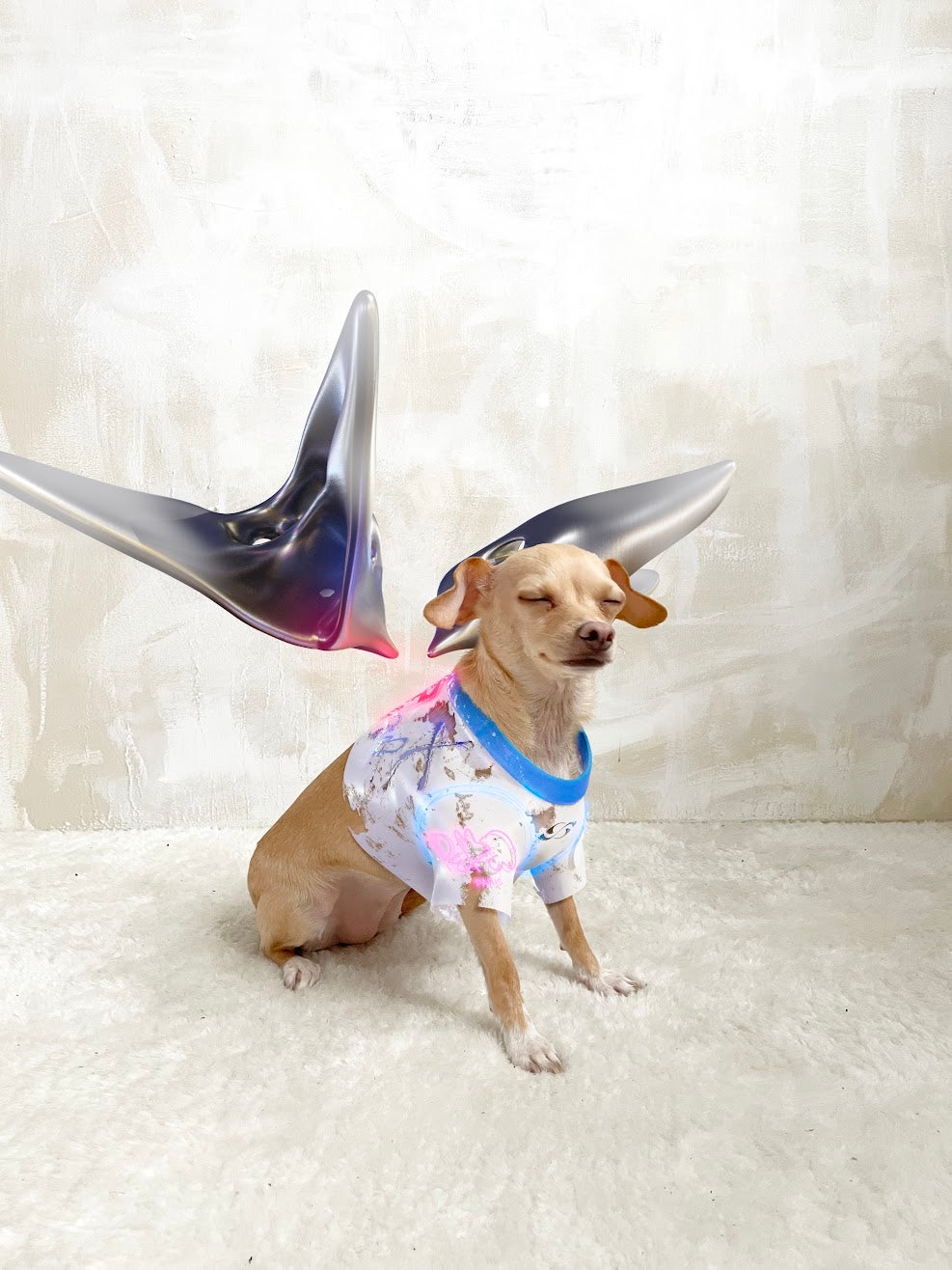
Your mother is a fashion designer with her own “physical” fashion label, Xenia Designs. What does she think of virtual fashion?
She likes it. She may not have understood much of it when we started but I think she sees the potential of what we’re doing now. I think she’s really proud.

Are you interested in working with Silicon Valley companies as they build their visions of the metaverse?
For sure we would like to collaborate with the tech companies and bring options for identity expression on their platforms. As we’ve seen in video games, people are fed up with standard looks. They crave choices for expressing their identity as they do in the physical world. In the digital realm, those range of choices can even be bigger because you can do so much more there.
Microsoft demonstrated business applications for its metaverse initiative. Do you think digital fashion can expand our ideas about work-appropriate attire?
Work has become very fluid. For me, there’s no point in replicating traditional office looks within this new space. With these new communication tools, we can level up our business identity expression too.
Quartz at Work is available as a newsletter. Click here to get The Memo delivered directly to your inbox.